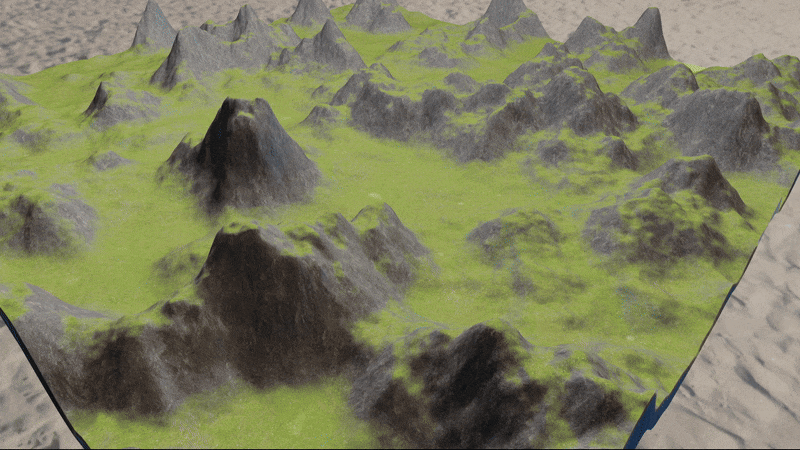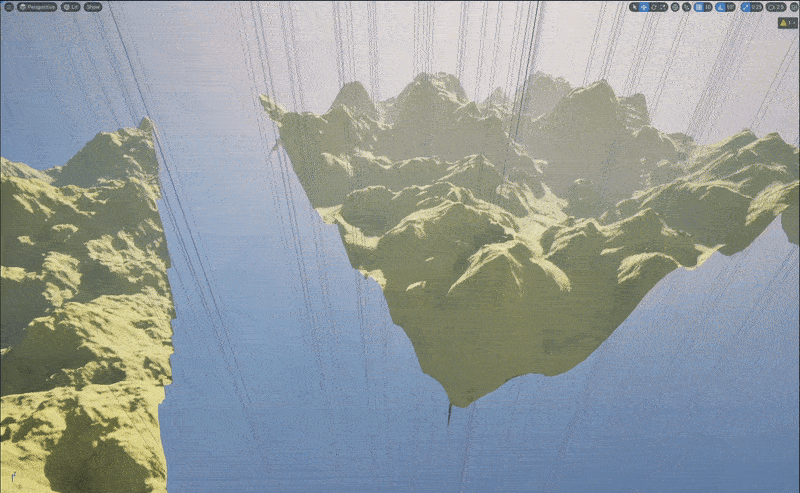
Examples of My Work
-

Water Simulation Incorporating Erosion
A GPU based water simulating extended to include hydraulic erosion. Abertay Grad Show 2024 Award Winner
-

Marching Cubes
A project using marching cubes to mesh and render dynamic 3D terrain
-

Space Nomads
A Group Project me and 7 others worked on in my 3rd year. Its an idle RPG set in space with procedurally generated levels
-

Tool Programming
Graduate project adapted into a working game dev tool. A WPF C# interface sends user parameters to a C++ DirectX erosion simulation, returning heightmaps for Unreal Engine.
-

AI - Neural Network
A project comparing 2 AI algorithms for effectiveness at navigating a platformer game
-

SMFL - Karot Quest
My first game I created. Implemented using SFML. Its a 2D combat platformer with procedurally generated levels
-
Network Programming
Coming Soon…